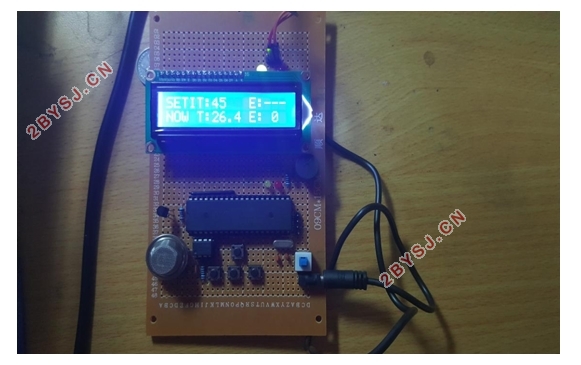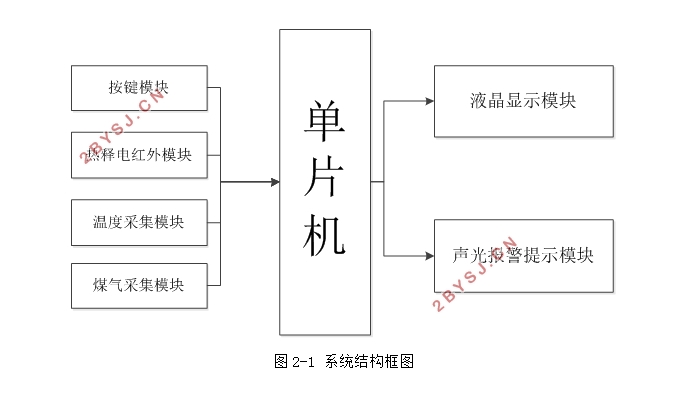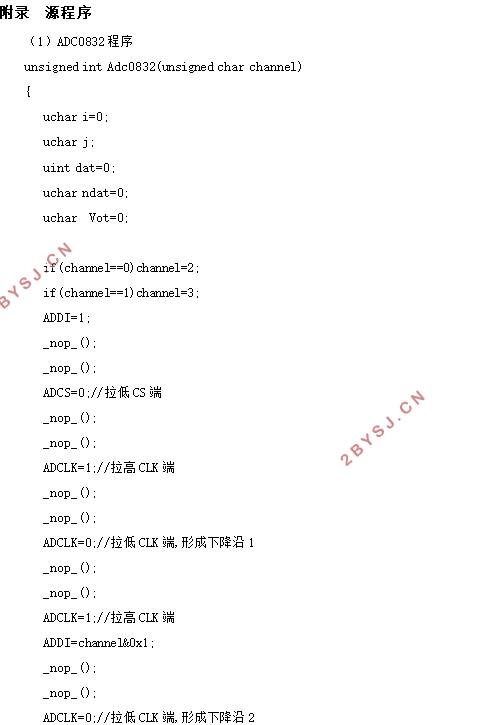智能小区安防系统的设计
无需注册登录,支付后按照提示操作即可获取该资料.
智能小区安防系统的设计(论文10400字)
摘 要
本课题所研究的是小区智能安防系统。不但现代家庭用火、用电量逐渐在增加,导致的家庭火灾发生的频率越来越高,而且现代入室偷窃的情况也更加严重,所以小区的智能安防系统更加有必要存在。出于经济实用的目的,本设计采用STC89C52为核心控制器,利用气体传感器MQ-2、DS18B20温度传感器、ADC0832模数转换器、HC-SR501红外热释电传感器等已经实现基本功能。通过这些传感器和芯片,当前环境会得到实时监控,如果煤气浓度高于设定浓度,温度高于设定温度或者检测到有外人进入房间,系统就会发出不同异常所相应的声光报警,以此来实现火灾报警,防盗报警,煤气报警的智能化提示。
关键词:气体传感器 小区智能安防系统 温度传感器
Intelligent community security system
Abstract
This paper is the study of intelligent residential security systems. Not only modern family use of fire, electricity consumption is gradually increasing,thefrequency of occurrence of home fires caused by increasingly high, and the situation of modern burglary and more serious, so the cells need more intelligent security systems exist. For economic and practical purposes, the design uses STC89C52 as the core controller, using a gas sensor MQ-2, DS18B20 temperature sensor,ADC0832 analog to digital converter,HC-SR501 infrared sensor has basic functionality. These sensors and chips, the current environment will be real-time monitoring, if the gas concentration is higher than the set concentration, temperature or higher than the set temperature detected by outsiders into the room, the system will send a different abnormality corresponding sound and light alarm to this is achieved fire alarm, burglar alarm, intelligent gas alarm tips.
Key words: Gas sensor ; district intelligent security system ; Temperature Sensor



目 录
摘 要 I
Abstract II
第一章 绪论 1
1.1 引言 1
1.2 设计目的与意义 1
1.3 本文的主要任务 2
1.4 论文结构安排 2
第二章 智能小区安防系统的总体方案设计 3
2.1 系统的功能要求 3
2.2 模块的选择 3
2.2.1 控制模块 3
2.2.2 传感器模块的选择 3
2.3 液晶显示模块 4
2.3.1 液晶显示器的优点 4
2.3.2 液晶显示器的原理 4
2.4 系统的组成及方案设计 5
第三章 系统的硬件设计 6
3.1 主控电路 6
3.2 煤气模块设计 7
3.3 液晶显示模块设计 8
3.4 声光报警提示模块设计 9
3.4.1 灯光提示电路 9
3.4.2 声音报警电路 10
3.5 温度采集电路设计 11
3.6 红外传感器电路设计 11
3.7 按键电路 12
第四章 系统的软件设计 13
4.1 MQ-2与ADC0832软件设计 14
4.2 DS18B20软件设计 14
4.2.1 DS18B20初始化函数 15
4.2.2 DS18B20算法 16
4.2.3 DS18B20温度校验 16
4.3 HC-SR501软件设计 16
4.4 LCD1602软件设计 16
4.4.1 LCD初始化函数 17
4.4.2 LCD延时函数 17
4.4.3 LCD显示函数 18
第五章 系统调试 19
5.1 整体调试分析 20
5.2 硬件调试 20
5.2.1 主控电路调试 20
5.2.2 A/D转换电路调试 20
5.2.3 光警报电路调试 21
5.2.4 传感器调试 21
5.3 软件调试 21
5.4 调试过程中发现的问题及解决方法 23
5.5 成品演示 23
5.5.1 正常模式 23
5.5.2 火灾报警 24
5.5.3 煤气报警 24
5.5.4 红外报警 25
第六章 结论 27
参考文献 28
